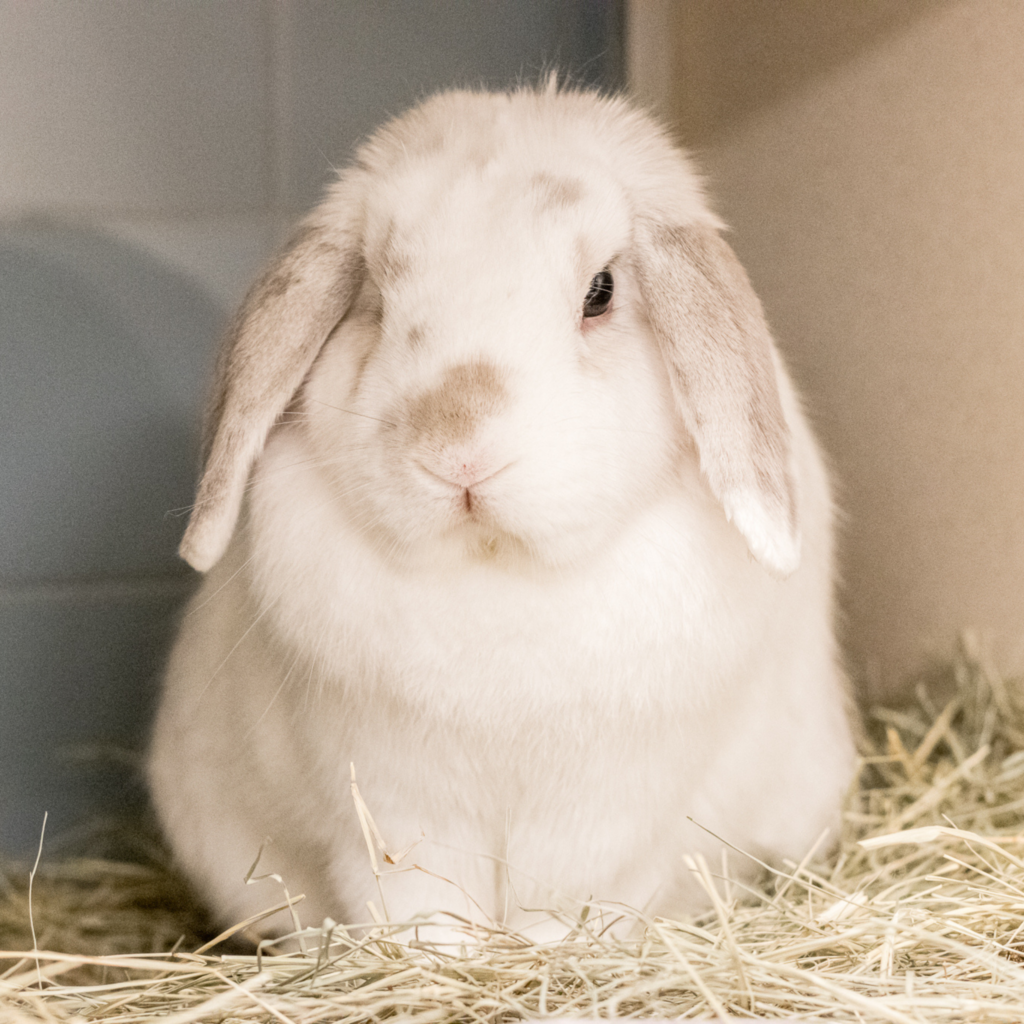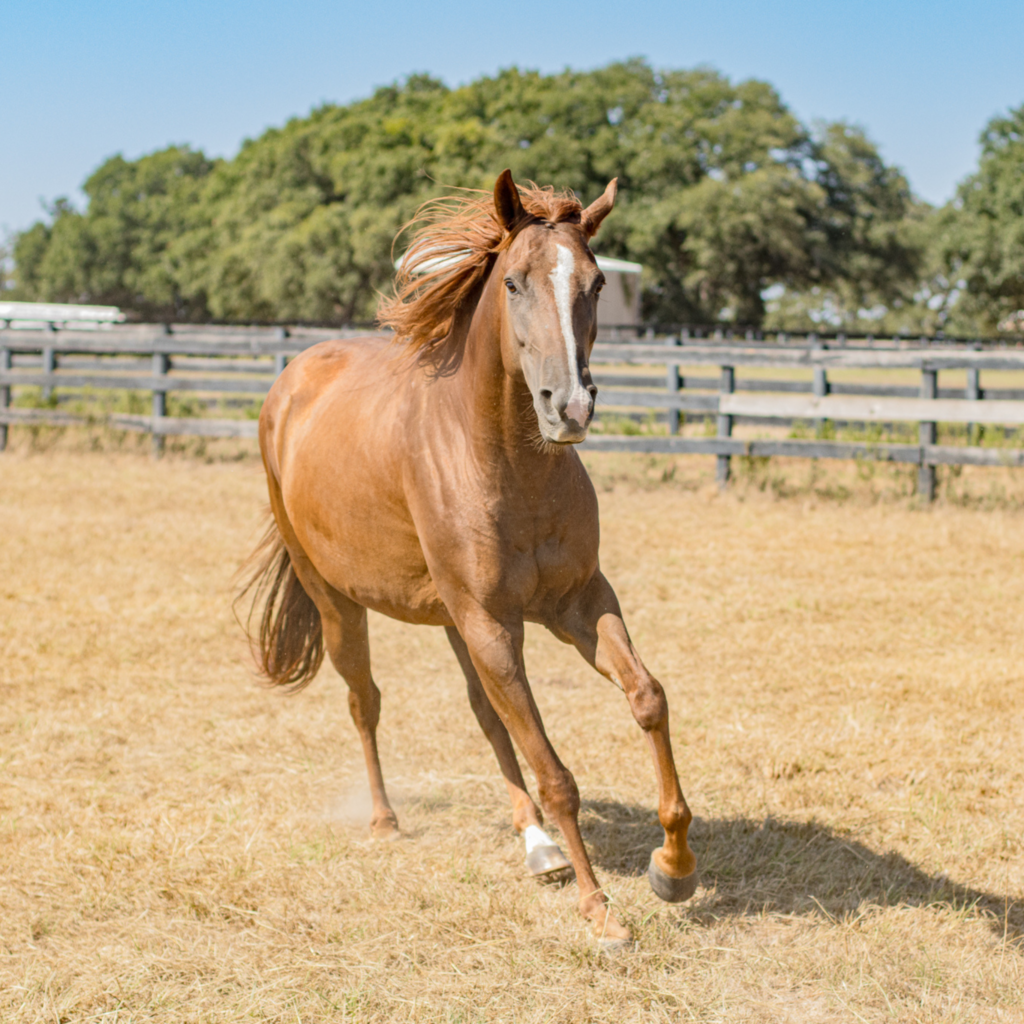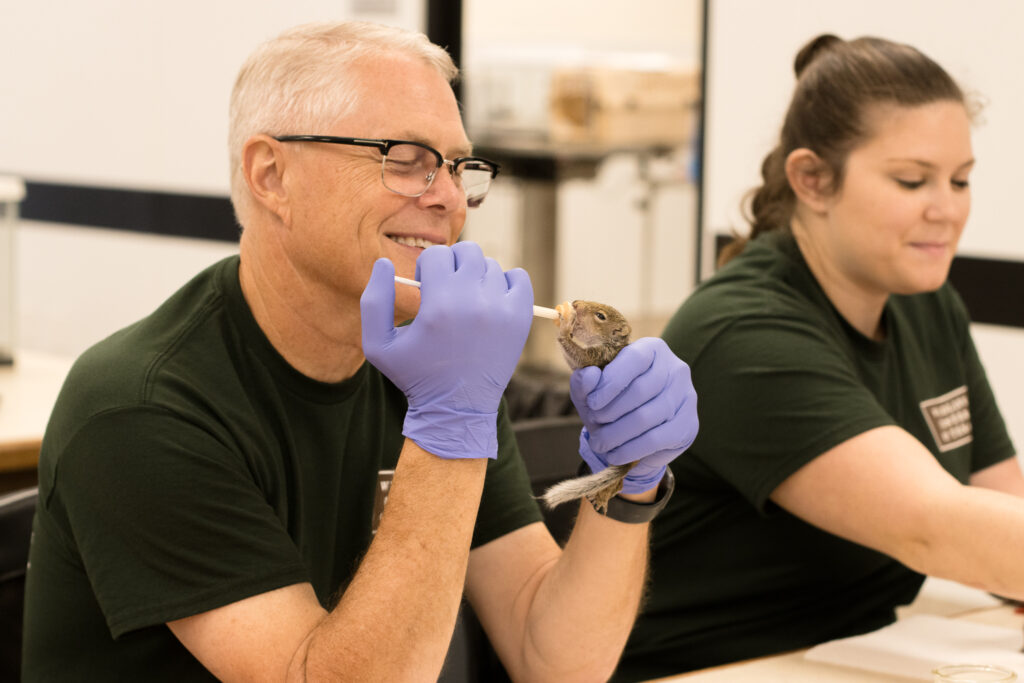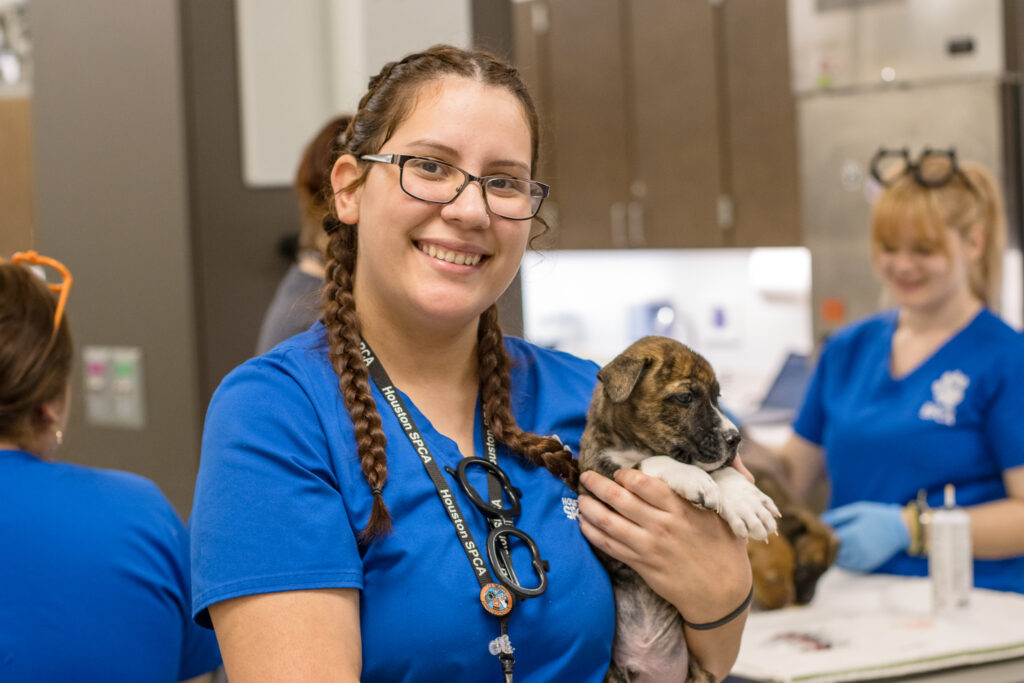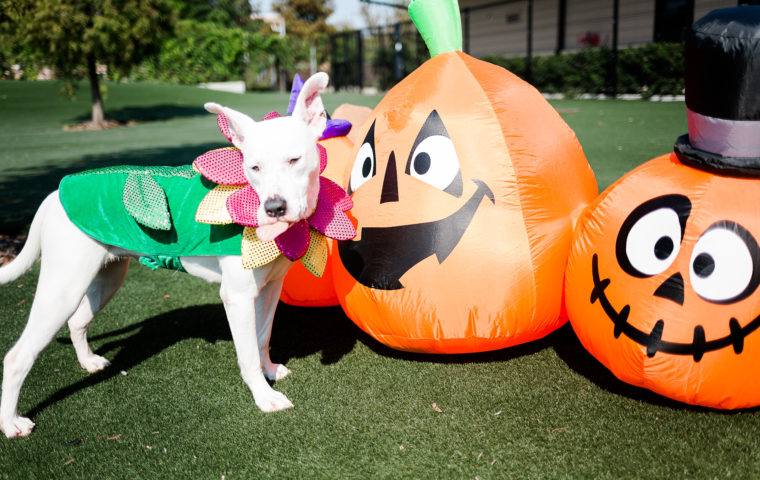(June 13, 2022)
No matter what kind of pet you have and if they have curly, long, or double-coated fur, part of your pet care responsibilities includes pet grooming.
Should I shave my pet during summertime?
Most often, the answer to this question is no. Many pets’ coats are meant to protect them from both cold and hot temperatures, providing them protection from the sun and allowing them to regulate their own temperature.
Other breeds may benefit from a “summer cut” to keep them cooler and remove some extra hair. If you’re not sure if your pet’s coat is suited to the hot temperatures in Texas, check with your family veterinarian for advice.
STAY UPDATED: Follow us on Twitter
How do I trim my pet’s nails?
If you’re attempting to trim your pet’s nails by yourself at home, the easiest way to make this a simple process is by starting early. If you have a puppy or kitten, do yourself a favor and help them become familiar with grooming early on.
The blood vessel that runs through your pet’s claws, the “quick”, can be seen more easily in lighter pigmented nails. You’ll want to trim the nail just beyond this, do not cut too close to this area. This will be painful for your pet and will bleed, just like if you cut your own nails too short. If you do, apply pressure with a clean cloth until bleeding stops.
For pets with darker nails, trim small amounts off at a time and trim parallel to the bottom of the foot, not up and down.
What to do if pet grooming causes anxiety?
The first order of business is training your puppy or kitten to associate grooming and nail trimming with a positive thing. Getting them familiarized early is the best way to have a pet that tolerates grooming. Treats are a great way to let your pet know that grooming is a fun activity. Handling their paws often and early will help with future nail trimmings.
Once you bring your new friend home and have a groomer picked out, bring your pet by their facility a few times. At the beginning, you don’t even need to have them groomed. Stop by to say hello, ask your groomer to give them some treats, and then go home. This teaches your pet that going to the groomer is fun!
The same applies to an older pet who hates being groomed. Start slowly and reintroduce them to nail clippers without even attempting to cut their nails. Bring them to the groomer, put them in the bathtub, let them sniff the clippers, before even making an actual grooming attempt. The process to refamiliarize an anxious pet with grooming can take some time.
If they continue to show nervous behaviors and are increasingly anxious with the process, speak with your veterinarian about your options. Severe cases of grooming-related anxiety can be treated with sedation or medication for nail trims and grooming if needed.
Bernard (pictured below) had been neglected to the point where 5 pounds of mats and fur needed to be shaved off of his body. When lack of grooming reaches this extreme, the pet must be sedated for the process of removing all of the hair. Regular grooming prevents situations like this, and if your pet is difficult to groom, sedation and a veterinary visit may be in order. Talk to your family veterinarian for advice on ensuring your pet is comfortable during grooming.
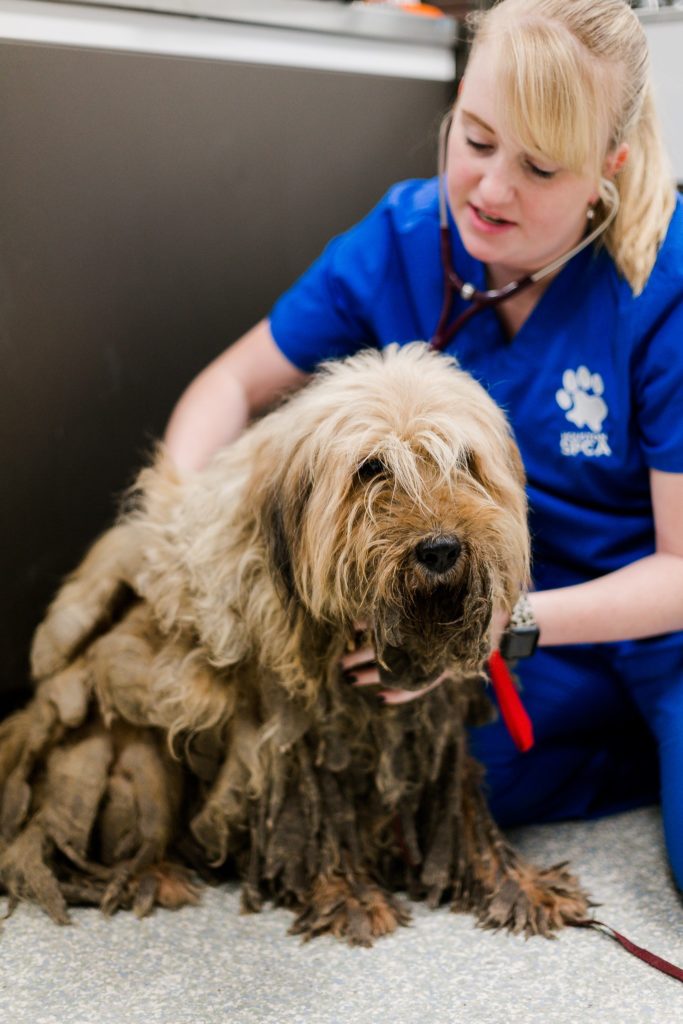
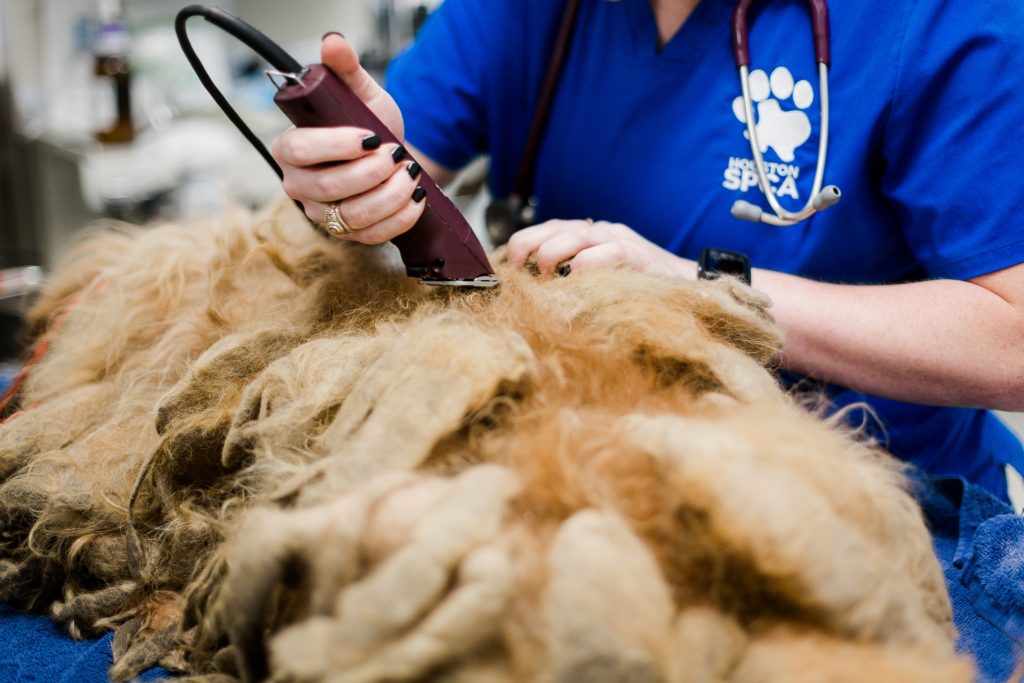
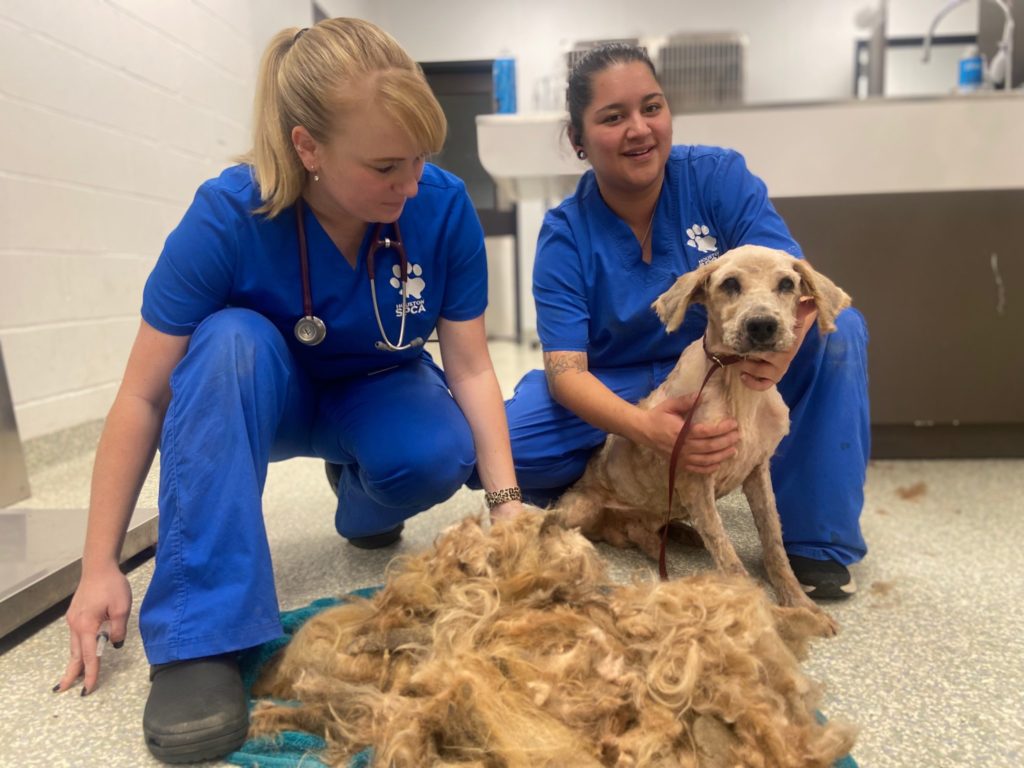
How often should I bathe my pet for proper grooming?
Cat owners will know the answer to this question! For our feline friends, the answer is almost never. If your cat spends time outdoors, has a longer coat, or has otherwise gotten soiled in some way, a bath might be in order. However, the majority of the time, cats self groom and know how to take care of their own coat. Aside from the occasional nail trim, cats have it under control.
Bathing your dog depends on their coat type and lifestyle. Most breeds don’t need to be bathed more than once or twice monthly. If your dog loves swimming in the pool or rolling in the mud, they’ll need more baths than a dog who loves to lounge on the couch. Certain coats also repel daily dirt and dust very well and will only need occasional bathing.
Ensure that you’re using a shampoo formulated for pet use instead of human use to prevent their skin from becoming irritated. Also rinse their fur very well when done so that no soap residue is left behind. Try to avoid getting water in the ear canal and wipe out any dampness when finished.
Check out Tracks & Tails for more tips on pet care and safety!






